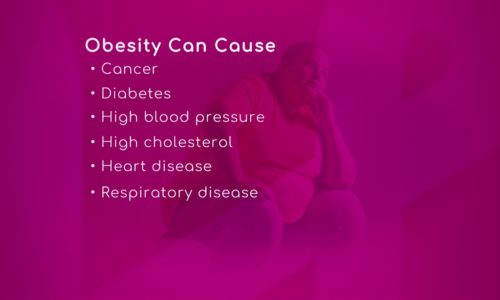Does muscle really weigh more than fat? |

A pound of anything still weighs a pound. A pound of lead weighs the same as a pound of feathers and a pound of muscle weighs the same as a pound of fat. The misconception that muscle is heavier than fat comes from muscle being more compact or dense than fat, so if you consider same size portions, muscle would weigh more than fat.
To put some numbers to this comparison, let’s look at the density per unit volume of both of these substances. Muscle has a density of approximately 1.1 grams per milliliter as compared to fat which has a density of 0.9 grams per milliliter. Therefore, one liter (approximately a quart) of muscle would weigh 1.06 kilograms (2.3 lbs.) and one liter of fat would weigh 0.9 kilograms (1.98 lbs.). This makes muscle approximately 18% more dense than fat.
What is an acceptable percentage of fat? Normal or acceptable percentages of body fat increases with age and differs between men and women. As a guideline, the American Council on Exercise considers percent body fat between 25 and 31% acceptable for women and between 18 and 25% acceptable for men. Most athletes would have body fat percentages lower than this and obese individuals would be higher.
Determining percent body fat: There are a number of ways to measure percent body fat, but unfortunately, the best methods are either quite expensive or unavailable to most people. A few of the most common methods include:
- Skinfold calipers involves the use of a device to “pinch” the skin at several specific locations on the body. Results vary depending on the quality of the calipers, the number of locations measured and the skill of the person performing the test.
- Body-fat scales use a technology called bioelectrical impedance. This involves sending an electrical current into the body and measuring the resistance to electrical flow. Since muscle conducts electricity better than fat, percent body fat can be calculated by the resistance to electrical flow. Body-fat scales are the least expensive and most widely available method of measuring percent body fat. Their accuracy, however, can vary widely vary depending on several factors including hydration status.
- Underwater Weighing involves submerging the person being measured in a water tank and calculating body density and percent body fat from the amount of water that is displaced. This method is highly accurate, but expensive and not widely available.
Another method, the body mass index, or BMI (nhlbisupport.com/bmi), is calculated from height and weight measurements. It provides information about general body habitus (underweight, recommended, obese, etc.) but does not provide you with a specific percent body fat measurement. This method, however, is free and does provide a rough measure of body fatness and health risks related to body weight.
Benefits of having a lower percentage of body fat: The health problems associated with obesity are well known and include a higher risk for developing coronary heart disease, stroke, certain cancers, Type 2 diabetes, osteoarthritis, gall stones, and a host of other medical problems. The benefits of reducing to an acceptable percentage of body fat can include a heightened self-image, increase in strength and endurance, along with a reduced risk for developing the obesity-related conditions mentioned above.
Converting fat to muscle: Another misconception is that fat can be “converted” into muscle. Fat and muscle are two different types of body tissue. Changing one to another is no more possible than a medieval alchemist being able to convert lead into gold. What really happens when people experience changes in their body composition with diet and exercise is that their bodies are burning fat (by restricting calories and cardio workouts) and adding muscle mass (through resistance training). The impression that fat is being converted into muscle is because these changes occur simultaneously. A bonus to having a higher percentage of muscle over fat, is that while at rest (basal metabolic rate) muscle burns more calories than fat. The difference is relatively small, in the range of an additional 5 to 7 calories per pound of body weight per day, but over time this can add up significantly.
Losing inches vs pounds: When beginning an exercise/weight loss program, some people become frustrated because they are not losing weight even though they appear to be leaner. This can occur because of the previously described difference in density between muscle and fat. Just as a pound of lead would occupy a significantly smaller space than a pound of feathers, two people could be the same height and weight, but the person with the lower body fat percentage would appear to be leaner. Another way of looking at this is that a 150-pound woman whose body is composed of 25% fat would most likely wear a smaller clothing size than a woman of the same height and weight with 45% body fat. By reducing body fat and gaining muscle, “inches” could be lost from the waist line or other areas of the body even though the person’s weight remained the same. One lesson from this is that body weight is not the only way to monitor the success of an exercise/weight loss program. In addition to body weight, other parameters should be considered such as percentage body fat, strength, waist circumference, blood pressure, and blood lipids. Losing weight alone without improvement in these other parameters may not produce the maximal improvement in one’s health, which should be the goal of any exercise and weight management program.
If you have any more questions just Ask Hanna, our health advisors are here to help.
Image: ©Shutterstock / Puppy 4








